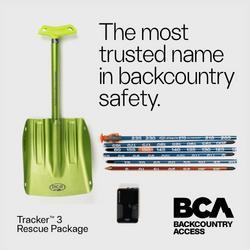Observation Date
2/26/2024
Observer Name
Champion/Gill
Region
Salt Lake » Big Cottonwood Canyon » Greens Basin
Location Name or Route
Greens Basin via Days
Comments
In our travels, I wasn't able to find any of the widespread surface hoar or near-surface faceting that I encountered during my last field day. Considering that most of the snow surfaces were damp or had a generally damp crust, I would speculate that the next system, arriving as a southwest flow, will bond well to this variety of surfaces.
Today's Observed Danger Rating
Moderate
Tomorrows Estimated Danger Rating
Moderate
Coordinates



